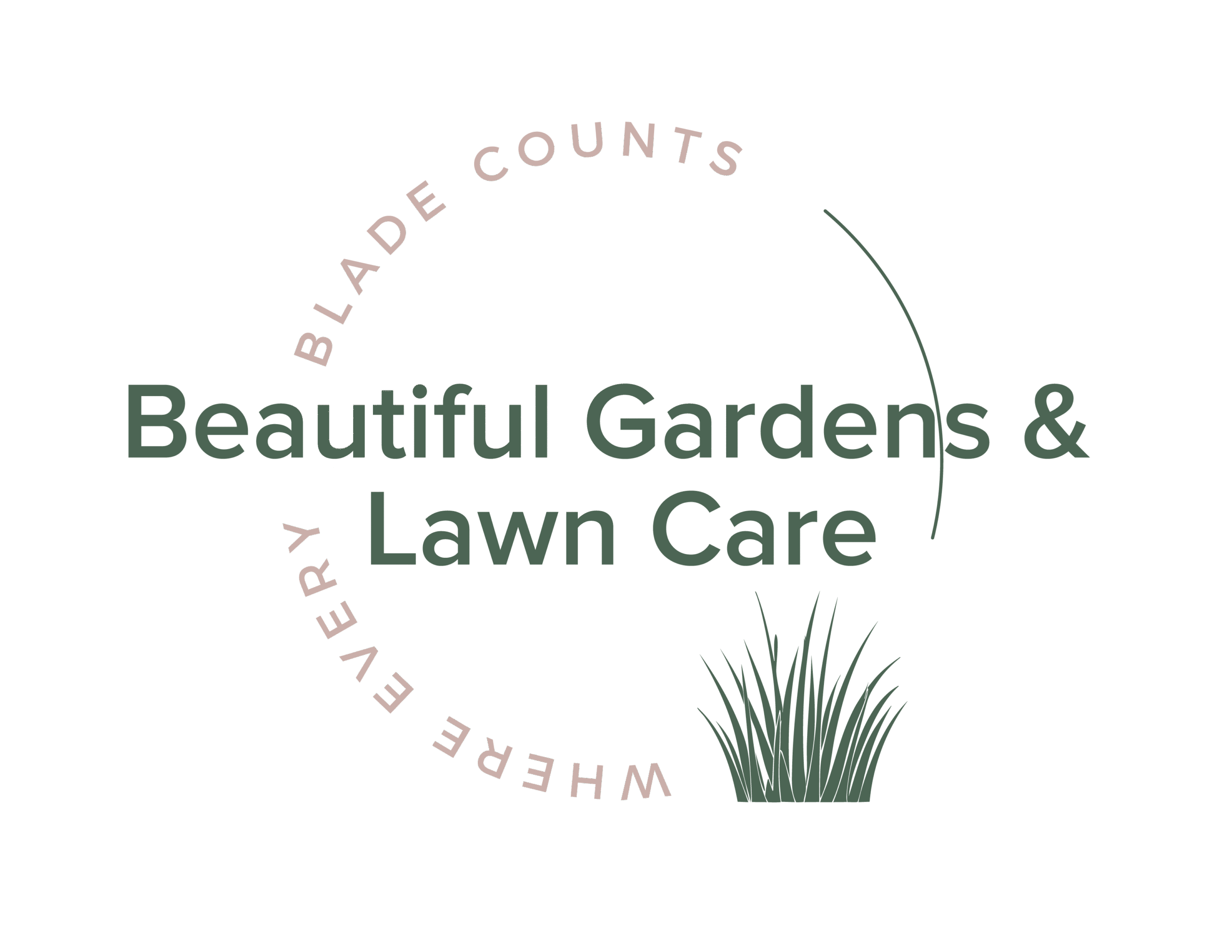Frequently Asked Questions

Have Questions About Lawn Care?
Are Your Fertilisers and Lawn Weedkillers Safe for Pets?
Cats and dogs: With most fertilisers, cats and dogs should be excluded from the treated area for 24-48 hours. Environmental factors such as rain and temperature should be taken into account. We recommend excluding pets from areas treated with fertilisers that contain iron until it has been watered in or rain has washed the product into the soil. This is because pets can bring material into the home that will cause staining on hard and soft furnishings. ONYX, the organic component of SmartLawn DroughtSafe, may cause brown staining when wet. In this case, we recommend that pets do not have access to lawns treated with DroughtSafe unless the lawn is dry.
Guinea pig and rabbits: There is no specific guidance provided for these pets, but we would encourage sensible precautions. Exclude guinea pigs and rabbits from treated areas for at least 7 days after application of granular or liquid fertilisers and wait for fertiliser to be washed into soil by watering/raining.
Chickens and other poultry: Fertilisers should not be applied to areas where chickens, ducks and geese graze. This is because they are likely to ingest reasonably large amounts of granules mistaking them for seed or grit.
Lawn Weed Killer: We recommend you keep all pets off for at least 3 hours until the leaf is dry. Never allow grazing animals on treated lawns.
What Lawn Care Treatments Do I Really Need in the UK?
Scarifying vs Aeration: How Often Should You Do Them?
Overseeding Your Lawn: When and How Often Should You Do It?
Which Lawn Fertiliser Should I Use, and When?
When Should I Start Lawn Treatments?
Common Lawn Weeds, Pests and Diseases in the UK (and How to Treat Them)?
Common issues include dandelions, clover, moss, chafer grub, red thread, fusarium patch. Control by maintaining healthy thick sward (via feeding, overseeding, aeration), using selective weedkillers, moss removal, and fungicides for disease only when severe.
Is My Lawn Worth Saving, or Should I Re-Turf It?
How Much Maintenance Does a Lawn Really Need?
Restoring a Worn or Trodden Lawn: A Brief Guide
How and When Should You Water Your Lawn in the UK?
Ask Your Question
paul@beautifulgardens.co
Call Us
0800 0541165
